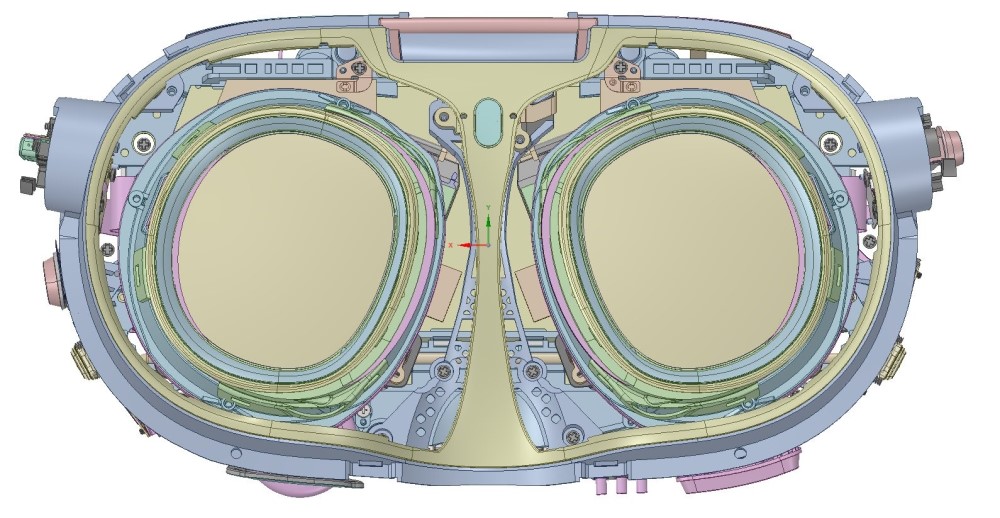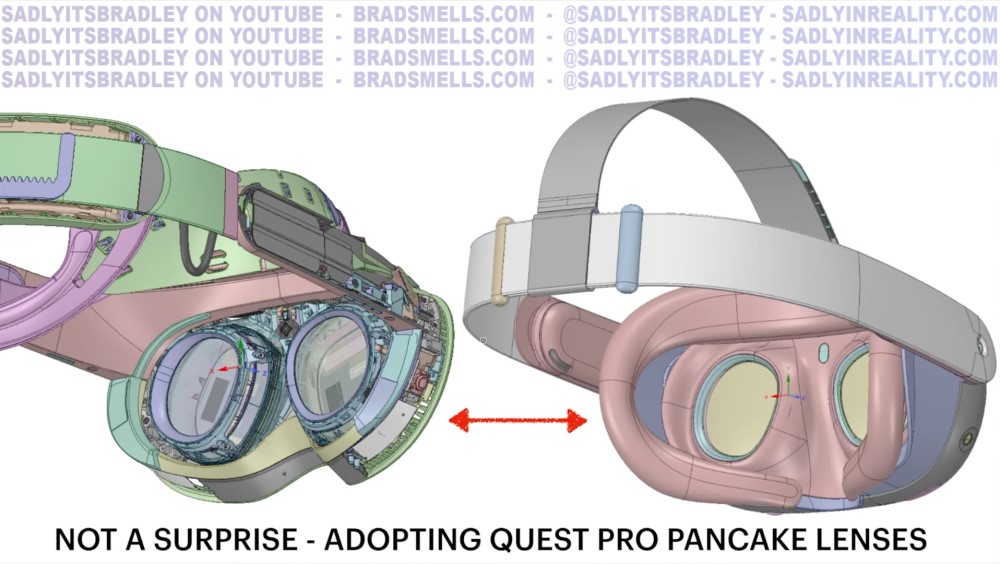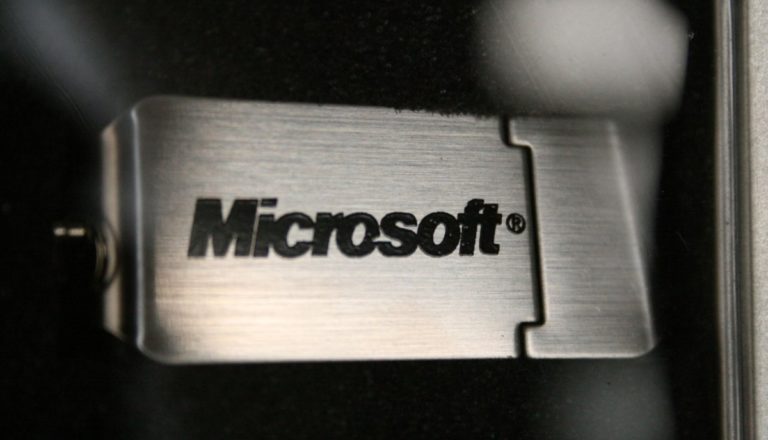Meta Quest 3 Specs Leaked: Everything You Need To Know

Meta’s next-generation VR headset has been leaked, and no, it’s not the rumored Meta Quest Pro. The leak shows CAD images of Meta Quest 3, a successor to the company’s most popular VR headset. The new Meta Quest 3 is set to arrive sometime in 2023.
The Meta Quest 2 is arguably the best VR headset on the market. The reason for its popularity is its low price and standalone features. The Meta Quest 3 will also be a standalone VR headset that won’t need a gaming PC to play VR games.
This leak comes from hardware analyst Brad Lynch who also leaked info about the Meta Quest Pro. According to Lynch, Meta plans to launch two Quest VR headsets, codenamed Stinson and Cardiff. The VR headsets are scheduled to release in 2023 and 2024, respectively.
According to his sources, Codename Stinson refers to the Meta Quest 3, which will come in 2023. The company is still expected to launch the Meta Quest 3 during its Meta Connect keynote, which takes place in October every year. However, take these leaks with a grain of salt, as many things can change during development.
Update: Quest data miner Samulia discovered the specs of the Meta Quest 3 display in the beta firmware of Update 43. Lynch also confirmed these new details through his Twitter.
Meta Quest 3 Display

The firmware leak suggests that the Meta Quest 3 uses LCD panels with a 4K resolution of 4,128 by 2,208 pixels (2,064 by 2,208 pixels per eye). Samulia also discovered a 120Hz display configuration for the Meta Quest 3 in the latest beta firmware version 49.
This refresh rate is an upgrade from the 90Hz display on the Meta Quest Pro. However, the headset will not support local dimming for higher contrast like in Meta Quest Pro. According to Lynch, the Quest 3 will come with two LCD panels compared to Quest 2, which only has a single LCD panel.
Lynch believes these displays will be counter-rotated to increase the field of view of the VR headset. The Meta Quest Pro has a similar design with a 106° FoV.
Meta Quest 3 will have mixed reality


The Meta Quest 3 features two black-and-white cameras, two RGB cameras, and a depth sensor in the front. These cameras will bring the full-color passthrough mode that is also coming to the Meta Quest Pro.
However, unlike the Quest Pro, the Quest 3 will not feature eye and face tracking as they require five additional sensors and an expensive chip. According to Lynch, eye and face tracking is too expensive for Meta Quest 3 (because it is a consumer-based product).
New Design



The Quest 3 also features pancake lenses that will make the headset even more compact similar to the Quest Pro. Unfortunately, the company is still relying on the bad-quality soft strap for the VR headset. Users will now likely be forced to rely on third-party head straps.
Users can also adjust their IPDs through a wheel at the bottom of the headset. Lynch also pointed out three contacts at the bottom of the headset that suggest it will be compatible with the Meta Quest Pro’s charging station.
Meta Quest 3 Processor and controllers
Samulia also noted that Meta changed the name of its internal prototype from “Eureka865” to “Eureka.” The name “Eureka865” refers to the Snapdragon XR2 Gen 1 chip, a derivative of the Snapdragon 865 smartphone SOC.
This change suggests a switch to the next SoC generation, the Snapdragon XR2 Gen 2. Lynch also expects that the Quest 3 will feature the Snapdragon XR2 Gen 2. The chip could offer a 2.5x boost in performance, which is a significant upgrade for the Quest 3.
The analyst also predicts that the headset will ship with VR controllers similar to Meta Quest 2. Unlike the Quest Pro controllers, these controllers use tracking rings instead of inside-out tracking. According to Lynch’s sources, there might also be a higher-tier Quest 3 version with 512GB SSD and 12GB RAM.
Let us know your thoughts on the Meta Quest 3 in the comment section below.






